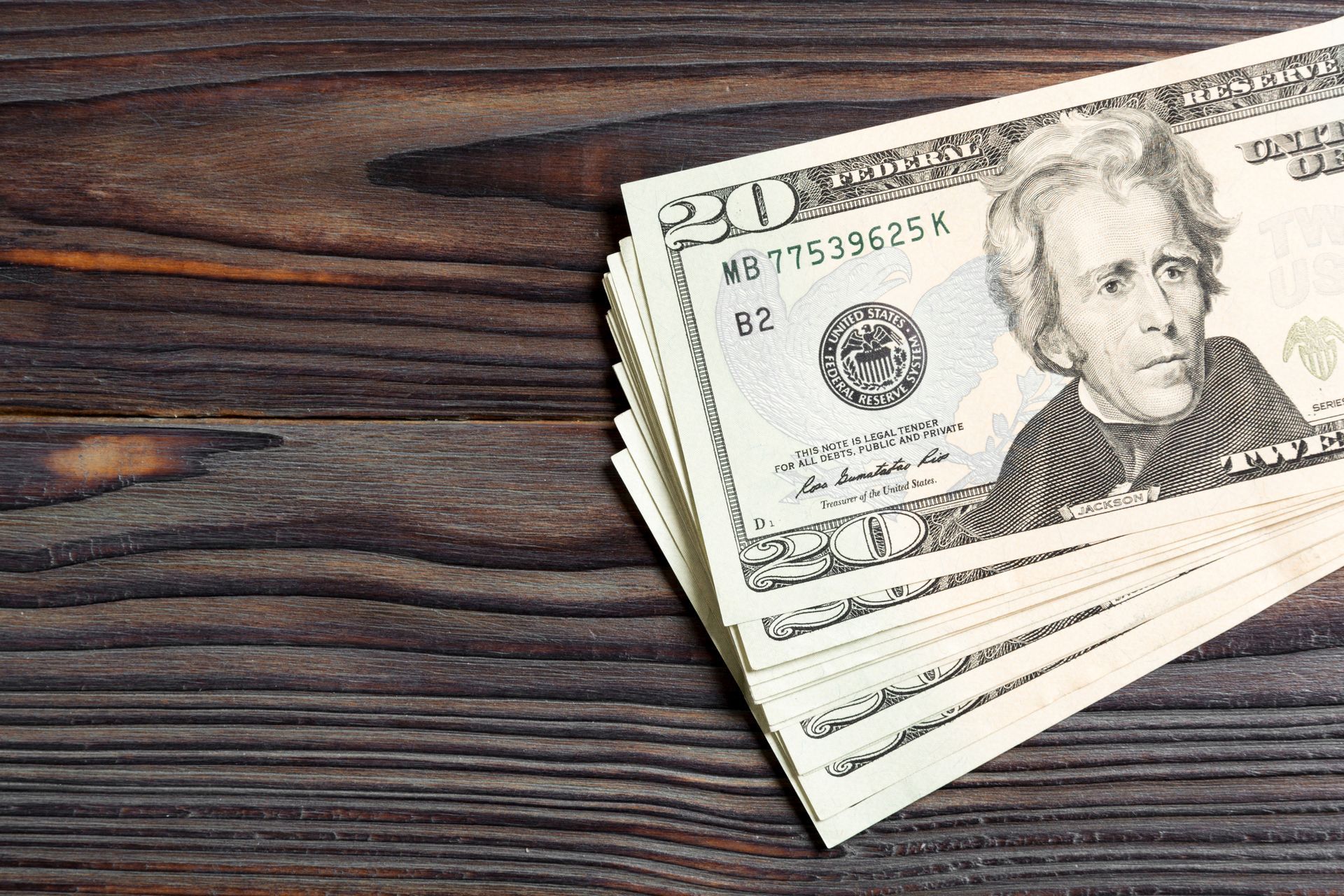What Is an ATM?
What does ATM mean?
ATM stands for Automated Teller Machine. An ATM is considered an electronic, self-serve banking terminal, which allows customers to access cash from a bank or credit account, to then complete basic banking transactions without having to travel to a bank or credit union. ATMs allow customers to access cash from a bank or credit union account and to carry out transactions without the need for a banker, branch teller, or bank representative.
Most ATMs provide customers access to bank accounts by using a debit card with a unique PIN, which was set up with the original account. By placing the debit card into the ATM and entering the unique PIN assigned to the card, customers can take out cash from either a checking or savings account. Some bank ATMs also allow the withdrawal of cash from a line of credit, or from a credit card account, which is referred to as a cash advance. Most cash advance transactions are associated with significantly higher fees based upon the original account terms.

In addition, most ATMs provide cash in varying denominations of bills, with some allowing customers to determine how they would like their cash back. For example, if $100 in cash is withdrawn, customers can choose five $20 bills. Some ATMs allow one-touch access by withdrawing a preset amount, such as $20, $60, or $100.
If withdrawing cash from an ATM that is owned, or in partnership with the customer’s banking institution, referred to as “in network,” the service fees may be waived. In addition, a greater variety of banking services may be available. For example, an ATM in the banks network may allow deposit of cash or paper checks, along with transferring funds from one bank account to another.

Types of Automated Teller Machines (ATM) Transactions
There are primarily two types of ATMs. The first is a simple, basic machine that allows customers to withdraw cash from checking or savings accounts, or to check account balances. Additionally, some ATMs allow customers to change their unique PIN, to get mini bank statements, check balances, or to get basic banking account updates. The second and more complex ATMs provide options for cash withdrawal from savings, checking, lines of credit, or to make cash or paper check deposits, and some allow bill payment. Additionally, cashless ATMs exist.
Automated Teller Machines (ATM) for Businesses
For businesses wanting to offer ATMs to their customers, a variety of options exist. An ATM is a great way for small and medium sized businesses, and a variety of merchants, to earn more revenue for their business, and to provide customers an added convenient service. Rather than paying extra fees, or a percent of transactions, or sales, businesses can charge fees for providing the convenience of having an on-site ATM for customers to access cash.
There are a variety of ATM options for businesses, including leasing ATM Machines, buying ATMs, or zero obligation alternatives. Additionally, cashless ATMs, allow customers to use their bank cards instead of cash. Customers still put their card into a card reader, the money gets taken out of their account, but the money goes to the store. As this is an ATM transaction, the amount withdrawn will be in even denominations. For example, if a customer makes a $75 purchase, they will withdraw $80 from their account and then receive $5 change with their product.
The zero obligation ATM allows a business to be completely hands off. The ATM company will place the machine at their own cost, and replenish it with cash as needed. All maintenance, repair and upgrading of the terminal will be handled by the company. In that case, businesses will still capture a portion of each surcharged transaction placed at the ATM at their business location. Leasing an ATM is cheaper in the short-term than purchasing.
Short-term ATM leases, or rentals, are available for businesses that would like to try out the machine for a few months to see how much their customers enjoy the service. This is a great way to test out the service prior to making a long-term commitment. Customers an share their feedback providing direct market testing for how much the ATM may benefit the bottom line.
For business that select the option to buy an ATM versus leasing, will incur a one-time purchase charge and then receive 100% of the fees the ATM generates from that point forward. Perhaps the biggest benefit of owning the ATM machine is that the business has complete control and flexibility for where the ATM is placed and the fees charged to customers that use the machine.

Benefits of ATMs to Retailers
According to market studies, including ATMIA, ATM provides multiple benefits to businesses, including retailers. Some of these benefits include:
- ATMs are known to increase the annual sales revenue of retailers offering on-site ATMs by up to 25%, through increasing the spending power of their customers.
- ATMs have helped retailers extend their revenue generation by collecting transaction fees and generating additional revenue after hours, particularly when ATMs are offered after hours.
- Customers often seek out businesses that offer ATMs on-location, which ultimately increases the revenue earning potential when merchant’s benefit from in-store traffic.
- ATMs offer retail merchant’s a source of additional revenue through transaction fee income.
ATM Fees & Limits
Processing banking transactions at an ATM that is not part of a customer’s banking institution, or considered in-network with their bank, may result in fees imposed by both the customer’s bank and the bank that owns the ATM. According to
Bankrate’s 2023 checking account and ATM fee study, the combined average fee is currently at a record high of $4.73.
Some ATM transactions may be free or bear a low transaction charge depending upon a customer’s bank. Banks usually do not charge for the first 3-5 ATM transactions per month. After hitting the minimum limit of free transactions allowed, customers may have to pay the ATM service charge. Additionally, a customer’s bank may levy charges when withdrawing money from the ATM of another bank outside of the network area.
Some benefits of ATMs include:
- Convenience - ATMs offer customers convenient banking by allowing them to perform quick self-service transactions such as deposits, cash withdrawals from checking or savings accounts, bill payments, and bank transfers between checking or savings accounts 24 / 7. ATMs may also offer cash withdraws form credit cards. In some locations, ATMs are available 24 / 7, 7 days per week offering maximum convenience.
- Ease of use - Easy access to ATMs offers customers the ability to not wait in long lines, or allows the options for very short lines, which provides the added convenience of saving customers time.
- Process multiple transactions
- With the touch of just a few buttons, customers can withdraw cash from checking, savings, or credit accounts, make cash or paper check deposits, pay bills (and even fines), check on account balances, buy tickets, send remittances and transfer funds.

History of ATMs
The world’s first Automated Teller Machine (ATM) was unveiled at a branch of Barclays Bank in
1967, in London, England. The inventor was a Scottish man, John Shepherd-Barron. In 2007, during an interview with the BBC and in celebration of the cashpoint's 40th birthday, Shepherd-Barron, claimed the idea for his invention for the cash machine was inspired while having a bath. According to this BBC interview, ”It struck me there must be a way I could get my own money, anywhere in the world or the UK. I hit upon the idea of a chocolate bar dispenser, but replacing chocolate with cash." Shepherd-Barron quickly signed a contract with Barclays and machines, beginning with the De La Rue Automatic Cash System, (DACS). At the time, plastic bank cards hadn’t yet been invented, so the machine took checks and only dispensed
£10 at a time. Reg Varney, a star of the British TV comedy series, On the Buses, was the first person to withdraw cash from the original Barclays ATM.
Prior to 1967 in London, accessing cash required a trip to the local bank branch during regular business hours,
which was
3:30 PM.
The first ATM was followed by five more cash dispensers commissioned by Barclays Bank.
Within just a few short years, the presence of ATMs spread throughout the world, securing a presence in every major country. Today, ATMs can be found even the tiniest third-world countries, island nations, and small countries.
In the US, on
September 2, 1969, the first ATM was introduced to dispense cash to customers at Chemical Bank in Rockville Center, NY. The ATM first established in New York was only able to give out cash, but by 1971, an ATM set to handle multiple transactions was introduced, allowing customers to check on account balances.
From that point forward, ATMs went on to revolutionize the banking industry in the US, by eliminating the need to visit a banking institution to conduct basic financial transactions. By the
mid-1980s, ATMs had become widely accepted for those wanting to handle many of the functions previously performed by human tellers, such as check deposits and money transfers between bank accounts.
ATM Facts:
- ATMs charge service fees - ATM fees are charged for most transactions, including cash withdrawals from savings or checking accounts. The fees are typically set by the customers bank, by the operator of the ATM, or a combination of both.
- Cash or Transfers -
Some ATMs only dispense cash withdrawals from savings, checking, or credit cards, while other ATMs allow transactions between accounts, such as deposits into checking or savings accounts, or balance transfers between accounts.
-
ATMs in London - According to the House of Commons Library, early June 2023 there were 49,421 cash machines in the UK, with 78% free to use without fees. The total number of ATMs in the UK peaked in 2015 and has fallen each year since then.
-
Global ATMs -
As of 2021, the number of ATMs in the world surpassed 5 million and are as indispensable to most people as cell phones and e-mail. According to ATMIA, and estimated size of global ATM industry in the U.S. ranges between $14-15 billion.
- According to
ATMIA, every 215 seconds, or every 3.5 minutes, a new ATM is installed.
ABOUT OREGON ATM
Oregon ATM has been active in the ATM and payment industries for over 15 years. As a local, family owned business, we genuinely care about our clients, and we understand the laws and complexities around banking and payments, which are constantly shifting, changing and updating.
We are not only well-versed in existing regulations, but also stay actively involved in keeping up with regulations. Our experience provides our clients peace of mind with knowledge they can trust, so they can save valuable time and spend resources focused on growing their own businesses.
We understand that in the current market, it’s crucial for all businesses to have access to cash solutions – and that makes reliable ATM services an important part of operating your business. Oregon ATM helps business explore the ATM services to support their business goals. Whether a business is exploring ATM solutions, looking to buy, lease or profit-share, Oregon ATM works alongside business owners to help find the ATM solutions that makes the most sense for a specific business. In addition, Oregon ATM has access to any brand of ATM, which provides businesses added flexibility and resources best suited to the business needs.
share this
Related Articles






